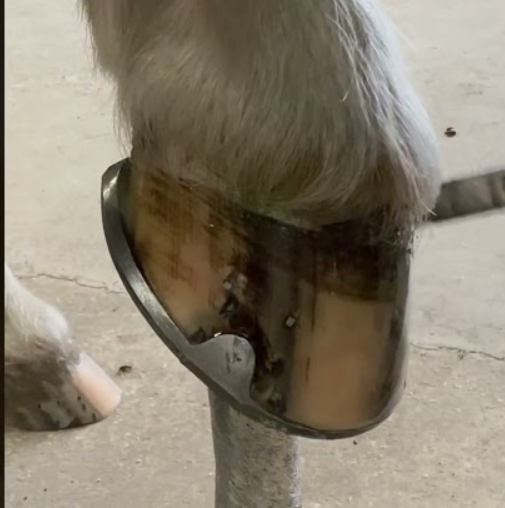The Importance of Hoof Oil in Equine Care
Hoof oil plays a vital role in the overall health and maintenance of a horse’s hooves. This specialized product is designed to moisturize, protect, and promote the well-being of hoof structures, making it an essential part of any horse owner’s grooming routine. Understanding its benefits, application methods, and best practices can help ensure that a horse’s hooves remain strong and healthy.
What is Hoof Oil?
Hoof oil is a blend of natural oils and sometimes synthetic components, formulated specifically for use on equine hooves. Common ingredients include vegetable oils, essential oils, and waxes. The primary purpose of hoof oil is to moisturize the hoof, which helps to maintain its integrity and flexibility. Proper hydration is crucial because dry, brittle hooves are more susceptible to cracks, splits, and other issues.
Benefits of Using Hoof Oil
- Moisture Retention: Hoof oil serves as a barrier against moisture loss, helping to keep the hoof wall hydrated. This is especially important in dry or hot conditions, where hooves can become parched and weak.
- Crack Prevention: Regular application of hoof oil can help prevent the formation of cracks and splits in the hoof wall. These issues can lead to more severe problems, such as lameness or infection, making proactive care essential.
- Improved Flexibility: Healthy hooves are flexible and resilient. Hoof oil aids in maintaining this flexibility by keeping the hoof wall pliable, which is vital for a horse’s overall mobility and performance.
- Enhanced Appearance: Beyond health benefits, hoof oil gives hooves a polished, shiny appearance. This aesthetic aspect is often important for show horses and can enhance a horse’s overall presentation.
- Protection Against Environmental Factors: Hoof oil can act as a protective layer against harmful environmental factors, such as mud, moisture, and bacteria. It creates a barrier that helps shield the hoof from potential irritants and pathogens.
How to Apply Hoof Oil
Applying hoof oil is a straightforward process, but there are best practices to ensure maximum effectiveness:
- Clean the Hoof: Before applying hoof oil, it’s crucial to clean the hoof thoroughly. Remove dirt, debris, and any old products. A hoof pick is ideal for this task, as it can help dislodge stones and muck from the grooves.
- Inspect for Issues: While cleaning, take the opportunity to inspect the hoof for any signs of problems such as cracks, thrush, or signs of laminitis. Address any concerns with a veterinarian or farrier.
- Application: Using a brush or sponge, apply the hoof oil evenly to the entire hoof, focusing on the hoof wall, coronet band, and frog. Ensure that the oil penetrates the hoof to provide maximum hydration.
- Frequency of Application: Depending on the horse’s environment and hoof condition, hoof oil can be applied weekly or bi-weekly. In particularly dry or harsh conditions, more frequent application may be beneficial.
Best Practices and Considerations
While hoof oil is beneficial, moderation is key. Over-application can lead to buildup, which may trap dirt and moisture, potentially causing more harm than good. Always choose a high-quality hoof oil without harsh chemicals, as some products can irritate the hoof or skin.
Additionally, it’s essential to consult with a farrier or veterinarian about the best hoof care routine for your horse, as individual needs may vary based on factors like age, activity level, and environmental conditions.
Conclusion
Hoof oil is an invaluable tool in equine care, supporting the health and appearance of a horse’s hooves. By incorporating regular hoof oil application into your grooming routine, you can help ensure that your horse remains comfortable, healthy, and ready to perform at its best.
